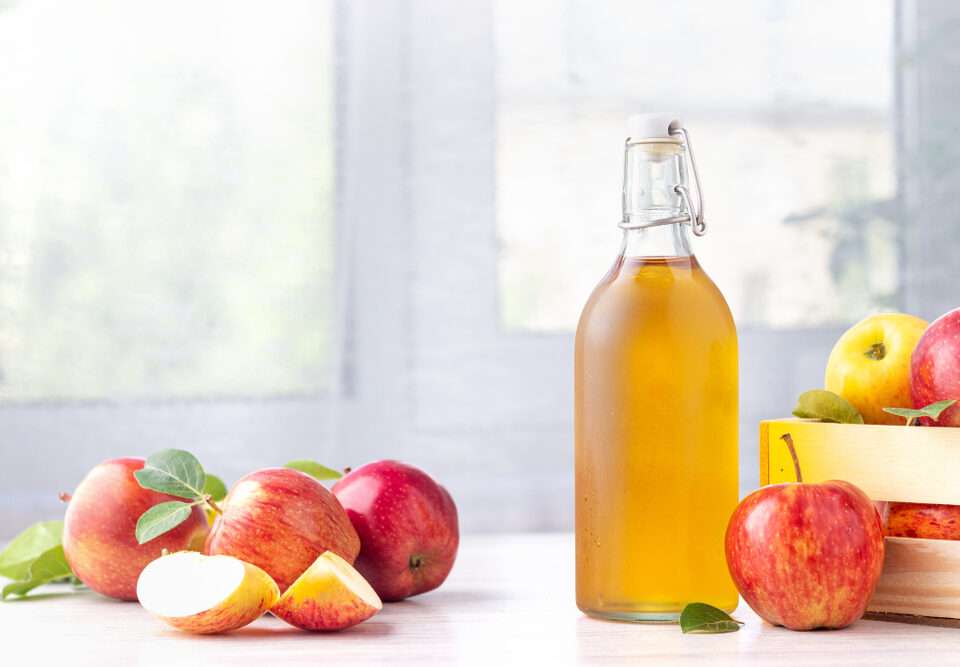Whether you were peeking through your teen’s room on purpose or you stumbled upon something unusual by accident, you may have found some drug paraphernalia.
Especially if you have noticed other warning signs of addiction in your loved one, it is important that you can identify drug paraphernalia so that you know if your child has a problem.
A List Of Drug Paraphernalia All Parents Should Know About
If you were never into drugs yourself, it can be hard to know what you are looking for or what you found. Don’t worry, as a Chicago drug rehab, we are giving you a guide to drug paraphernalia so you can stay informed.- Spoons or Bottle Caps - If your child has an unusual number of spoons in their room or you are suddenly missing the flatware from your kitchen, this could be from a drug abuse. People use spoons and bottle caps to hold powdered drugs like heroin as they heat them up to transform them into liquid form.
- Lighter, Matches, or Candles - Along with lighting cigarettes, lighters and candles can be used to convert a variety of drugs from powdered to liquid form.
- Needles & A Makeshift Tourniquet - Many drug users want an immediate high and one of the best ways to do this is to inject the drug directly into the bloodstream with a needle. At the same time, they may use anything from a shoelace to rubber tubing to tie off their arm or another body part in order to make the vein stand out.
- Straw, Hollowed Pens, or Rolled Up Dollar Bills - Straws or rolled up bills are often used to snort drugs such as cocaine or ketamine. They may also be used to inhale the fumes from a drug that has been heated.
- Small Aluminum Foil Pieces - When smoked, drug users will sometimes use aluminum foil to heat up the drug and breathe in the fumes. This is most often done by heroin users.
- Dried Up Cotton Balls - Cotton balls are used to help filter drugs that have been cooked in a spoon. They can pull out any impurities that did not melt during the process.
- Small Mirror and Razor Blades - Razor blades are used to cut drugs like cocaine or meth into lines to be snorted. The user will often do this on a mirror because the powder will not stick to it. You will want to get your child immediate meth or cocaine addiction treatment if you find these among their possessions.
- Small Baggies or Balloons - This drug paraphernalia is often used to transport drugs. Sometimes these bags will be regular Ziplock bags, but in other instances like with heroin, the bags feel waxy to the touch. People may also use deflated balloons to transport drugs. If your child has numerous small baggies around their room or in the trash, this could be a sign of drug abuse.
- A Bong or Pipes - Bongs or pipes are used to smoke marijuana or tobacco products. They can range from extensive glass bongs to homemade bongs made by poking holes in water bottles. It may be hard to determine exactly what qualifies as a bong but look for items that may have been altered and that smell like weed.
- Empty Household Bottles or Rags - Should your 20-year old really have empty paint cans in their room or a rag that smells like cleaner? These are sure signs of huffing, a dangerous drug trend that should get immediate attention.
After reading our guide to drug paraphernalia, do you recognize some of these items? If the answer is yes, then they may have a drug problem. If you want to get them help, one of our Chicago professional interventionists for addiction may be able to step in. Whatever you do, it is important not to ignore the problem.









